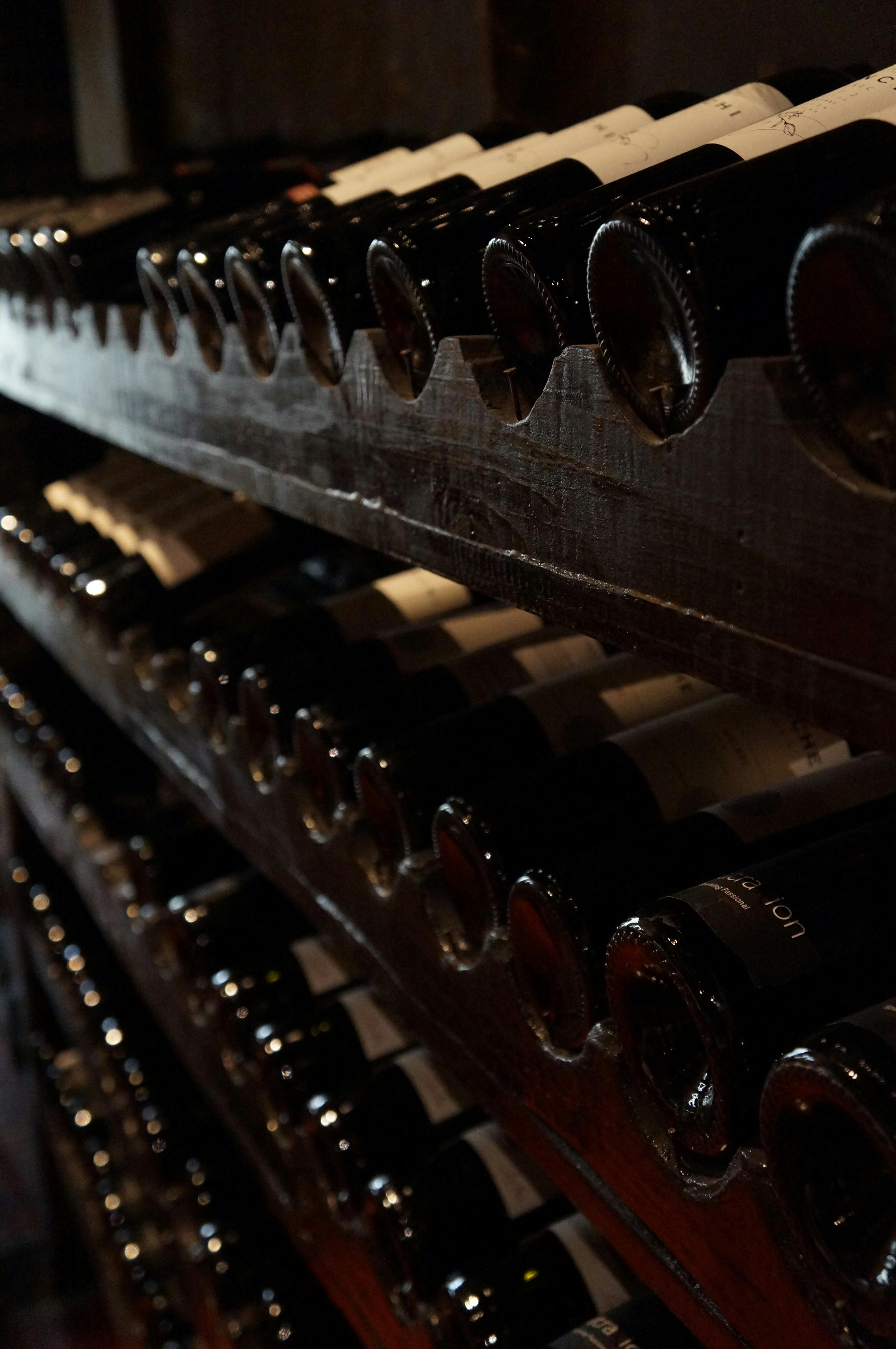Wine Fridges: Practical Guide to Storage and Temperature
A wine fridge is a purpose-built refrigerator designed to store wine at stable conditions that protect flavor and structure. Whether you collect bottles for aging or keep a selection for regular drinking, a wine refrigerator helps manage temperature, humidity and vibration—three factors that affect how wine develops and how long it stays in good condition. This guide explains how wine fridges work, how many bottles they hold, how to store bottles properly, and how to set and monitor temperature for different types of wine.

What is a wine refrigerator and how does it differ from a fridge?
A wine refrigerator is similar to a small refrigerator but optimized for wine storage. It typically uses a compressor or thermoelectric cooling system that keeps temperature more constant and produces less vibration than a standard kitchen fridge. Many wine fridges include racking designed to hold bottles on their side, UV-filtering glass doors to reduce light exposure, and temperature controls that allow single or dual-zone settings. Unlike a general-purpose refrigerator, a wine fridge emphasizes steady temperatures, moderate humidity, and limited airflow disturbances to preserve subtle aromas and prevent premature oxidation.
How many bottles can a wine fridge hold and what affects capacity?
Capacity varies widely by model and configuration. Compact countertop units may hold 6–16 bottles, freestanding single-zone cabinets often hold 20–50 bottles, and larger built-in or freestanding units can accommodate 100 bottles or more. Bottle shape, racking style, and whether you store standard 750 ml Bordeaux bottles or larger Burgundy or magnum bottles all affect how many bottles fit. Shelves that slide or are adjustable increase flexibility, and some units provide a mix of horizontal racks and display shelves to show open bottles or special vintages.
How should bottles be stored in a wine refrigerator?
Storing bottles horizontally keeps the cork moist and sealed, which helps prevent oxygen from entering the bottle and altering the wine. For wines with screwcaps or synthetic closures, orientation is less critical but horizontal storage is still space-efficient. Avoid placing bottles near the cooling element or direct contact with the door where temperatures fluctuate. Organize bottles by type—sparkling, white, rosé, red—or by drinking window so you can find what you need without long exposure to fluctuating air. Minimize vibration by placing the fridge on a stable surface and avoiding units that produce strong internal motion; vibration can disturb sediment and speed chemical reactions in older wines.
What temperature should a wine refrigerator maintain?
Ideal storage temperature depends on the wine and whether you’re aging or serving. For long-term storage, a steady temperature around 12–14°C (54–57°F) is commonly recommended because it slows chemical reactions without freezing. For serving, cooler whites and sparkling wines are typically stored at 6–10°C (43–50°F), fuller whites and lighter reds at 10–13°C (50–55°F), and fuller-bodied reds at 14–18°C (57–64°F). Many wine fridges offer dual-zone control so you can keep whites and reds at different temperatures. The most important factor is consistency: avoid frequent temperature swings, which accelerate aging and can create off-flavors.
What features to compare when choosing a wine refrigerator
When evaluating models, consider cooling method (compressor vs thermoelectric), temperature range and accuracy, single-zone vs dual-zone capability, racking design and material (wood vs metal), door type and UV protection, noise and vibration levels, and energy use. Compressor units typically cool faster and handle warmer room temperatures better; thermoelectric units run quieter and produce less vibration but may struggle in hot spaces. Built-in models require ventilation considerations; freestanding units are more flexible where placement is concerned. Think about how many bottles you plan to store now and in the future, and whether you want a dedicated cellar-style environment or mainly a serving fridge.
Maintenance, placement, and common troubleshooting for wine fridges
Place a wine fridge away from direct sunlight and heat sources like ovens or radiators; maintain moderate room temperature for the unit to work efficiently. Clean racks and interior surfaces periodically, and inspect door seals to keep humidity and temperature stable. If your unit cycles frequently or shows large temperature swings, check door alignment and seals, avoid overloading vents, and make sure the fridge has sufficient clearance for ventilation. For persistent issues—excessive noise, frost buildup, or cooling failure—refer to manufacturer guidance or local services for appliance repair in your area. Regularly monitoring with a small separate thermometer or data logger can verify performance over time.
Conclusion
A wine refrigerator provides focused control over the conditions that matter to wine: temperature, humidity, and vibration. Choosing the right capacity, features, and placement helps protect bottles whether you’re preserving a cellar collection or keeping everyday bottles at serving temperature. Consistent conditions and careful organization inside the unit will extend the life of your wines and make selecting bottles easier when you want to enjoy them.





